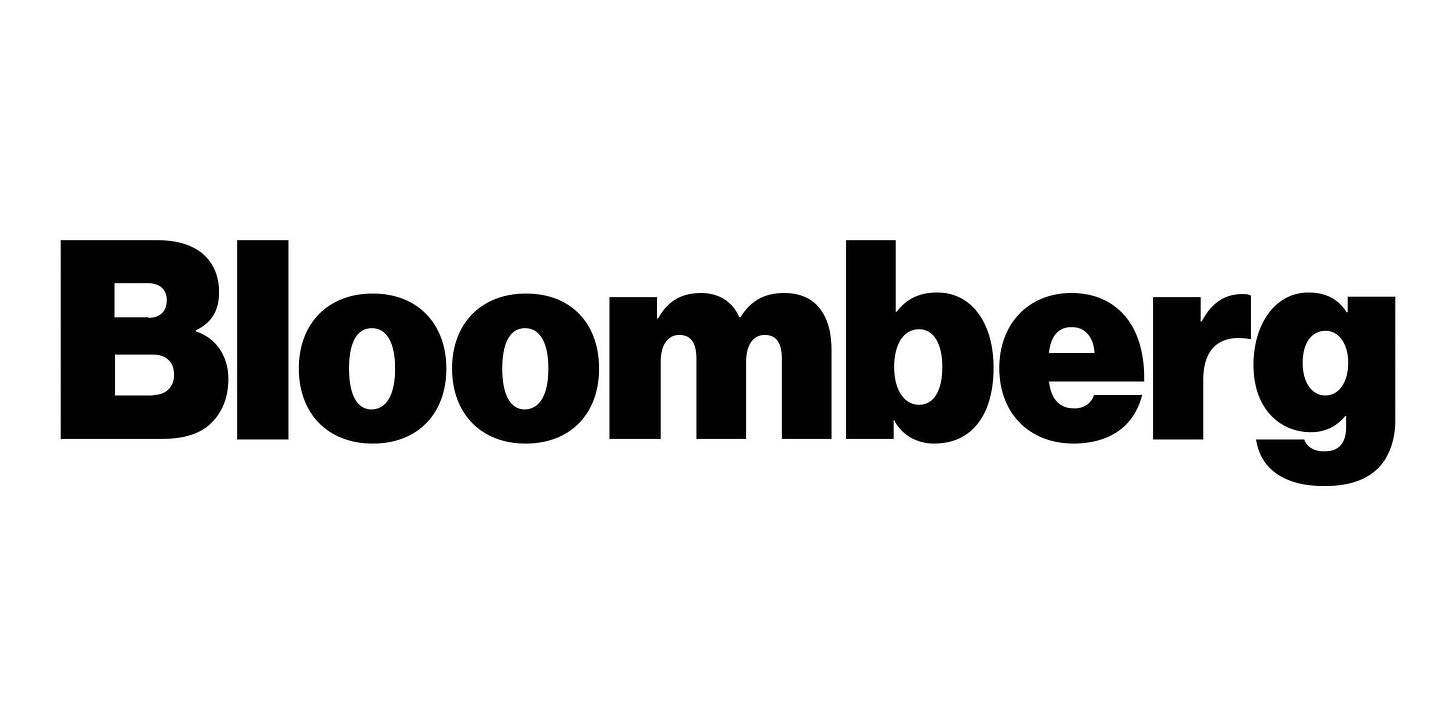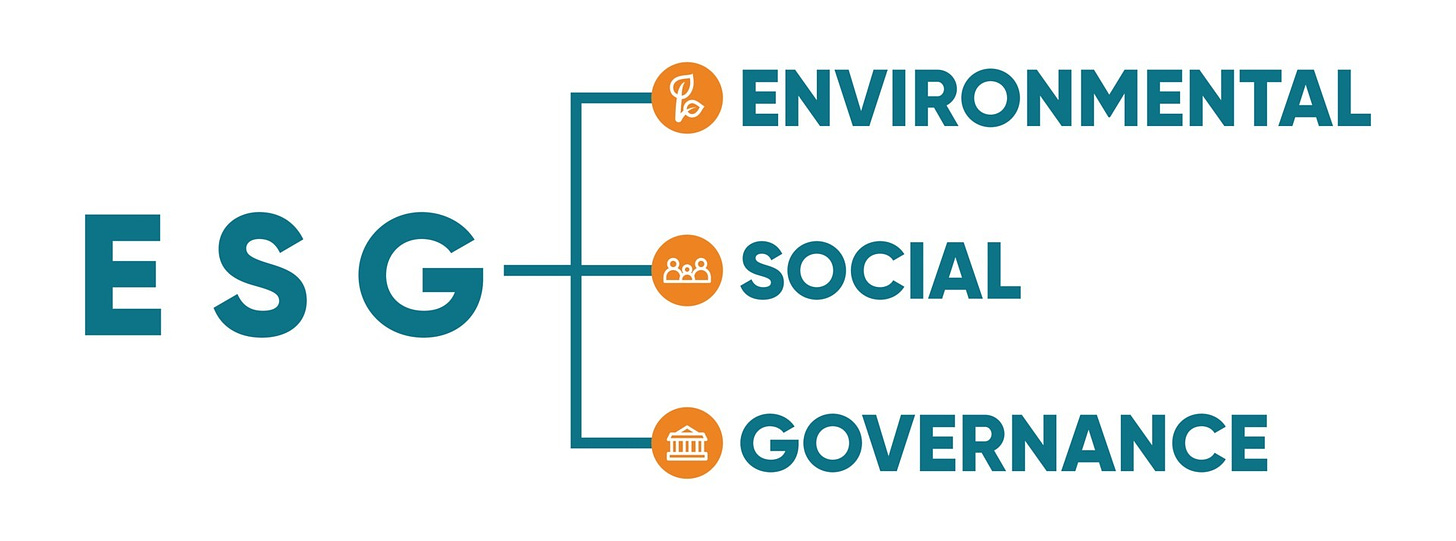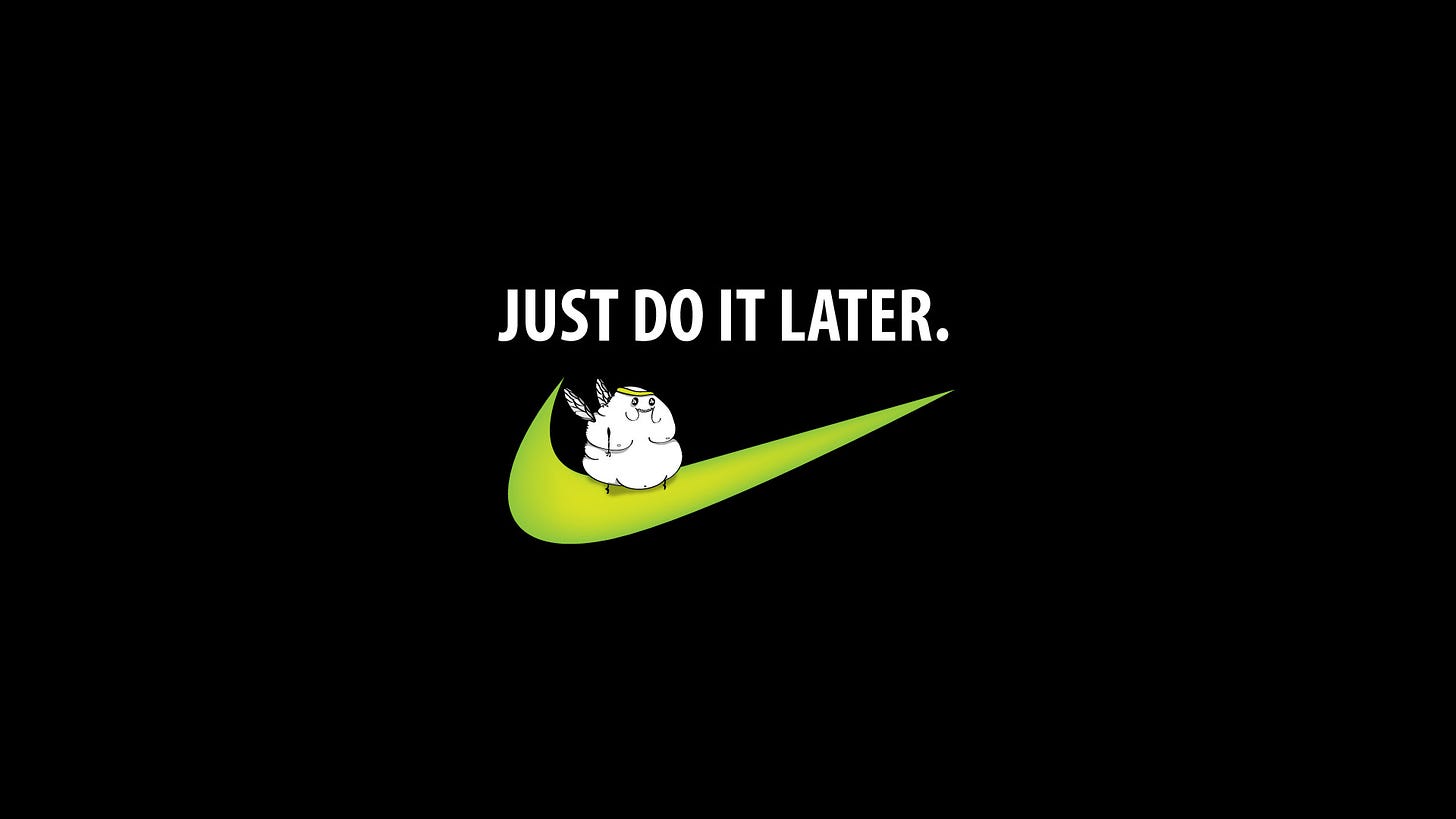Forty-five years ago, as I started writing, I adopted the ”The Ticker” because these markets have a heartbeat”, they are alive. Yesterday’s article spoke of a “rally” being predicted in the bond markets. Bloomberg then posted an article calling for higher rates for a longer period. Go figure.
Bloomberg is a credible resource and one to follow. Like anything else, it is not going to be right all of the time but you should take note of what’s said. I didn’t find this one to be on point for a couple of reasons. First, the author was a “rookie”. I like to read all of what’s printed but I do note the experience behind the text. Second, thoughts put to paper were rehashed at best. I’ve read this “story” before. Although nothing’s changed the fact that we’ve moved forward on the timeline is important.
I’m still looking for a good rally in bonds. The Federal Reserve preaches a 2% inflation target but in reality, I think it’s higher. It’s an election year. The administration wants to get elected again, and Powell seeks another term. I believe interest rates head lower over the coming months. What do you think?
ESG Is Fleeting
Bank of America said that Environmental, Social, and Governance (“ESG”) investing's popularity has waned after a stellar run. Analysts at BofA's Head of US Sustainability Research attribute the 2016-2021 ESG boom to three factors, a global regulatory push, rising investor demand; and a surge in corporate ESG commitments. However, BofA highlights a decline since the 2021 peak. Analysts blame regulations, accusations of greenwashing, energy security concerns, and US political resistance.
US ESG fund assets have shrunk from $17 trillion in 2020 to $8 trillion in 2022, with outflows continuing in 2024. Despite the slowdown, ESG is important. US regulations require the adoption of policies. European regulations still influence US firms seeking European capital. A fragmented ESG data market, with MSCI, Sustainalytics, and ISS dominating, remains as many niche players exist.
The ESG market has run into reality. The overall returns from ESG investment trailed most others. Over time, this was bound to catch up with the ESG arena. Investments in the group declined naturally and their continued demise is expected.
Just Do It
Nike Inc (“NKE”) the athletic apparel and footwear giant stock has fallen about 50% from its late November 2021, high of $179. Nike reports their fiscal Q4 ’24 earnings next Thursday night, June 27th, after the market close.
Nike's stock (NKE) has been experiencing a mixed performance in 2024. As of June, it is trading around $97.18, reflecting a decline of about 10.5% since the beginning of the year when it was trading at $108.57. Analysts have varied opinions on the stock, with price targets ranging from $85.00 to $135.00. The average is $114.81, approximately 18.1% from the current price.
Nike's financial performance remains robust, with strong returns on equity, 39.41%, and a healthy net margin of 10.14%. The company also offers a quarterly dividend of $0.37 per share, providing a steady income stream for investors. However, the stock has faced some headwinds, including price target reductions by several analysts and increased short interest, reflecting some market uncertainties.
Nike is set to release its fourth-quarter fiscal 2024 earnings on June 27, which could provide further insights into its financial health and prospects. While it faces certain challenges, it remains a strong player in the athletic wear market.
Sell-side is expecting $0.84 in earnings per share, and $1.54 billion in overall operating income on $12.85 billion in revenue, for expected year-over-year growth of 27%, 26%, and 0% or flat revenue growth. The expected 26% operating income growth is the 2nd time in the last 11 quarters that it has generated year-over-year growth in operating income. A lot of that operating income drag could have been the inventory glut, but that is now history and discussed lower in the preview. It’s not the end of the world, but it could be indicative of the “stale brand” and the stale footwear that Nike CEO John Donahoe wants to invigorate.
If fiscal ’25 turns out like the current sell-side consensus expects, then Nike will have generated 2 consecutive years of 1% revenue growth. That’s not good at all. Fiscal ’25 guidance will be critical on the call.
China is roughly 17% of Nike’s total revenue, and 53% of EBIT but it’s misleading since the Global Brand Divisions and Corporate are big negative numbers within EBIT disclosure. The US and China EBIT sum to 157% of total EBIT thanks to how Nike discloses it, so its analytical value is questionable. Still, China is important to Nike. Keeping an eye on China’s economic data, I don’t think that much has changed for China's growth prospects over the last few years.
I picked Nike as a “brand name” turnaround a while back. This is a do-or-die time for me. Chances are I’ll play this earnings report with a cautious approach. I’ll be buying short-term, one to two-week put options and offset their purchase with longer-term “out-of-the-money” calls. Then more than likely I’ll sit and wait but I’m not thrilled with my decision to own Nike. If I’m wrong, I’m out. There’s no reason not to admit your decision was wrong.
Like Freddie Mercury, “I’m Going Slightly Mad” in this environment. Initial reaction was to move out of the NASDAQ and buy the Dow Jones and S&P 500. It makes sense to a degree as sector rotation is required. I’ve always looked for dividends and both of these indices offer higher payouts. It’s worth watching but in essence, you have to add bonds to your portfolio. The Federal Reserve is eventually going to lower rates. Bonds will undoubtedly head higher and they currently pay a good rate of return. The choice is yours so do your due diligence and decide.







